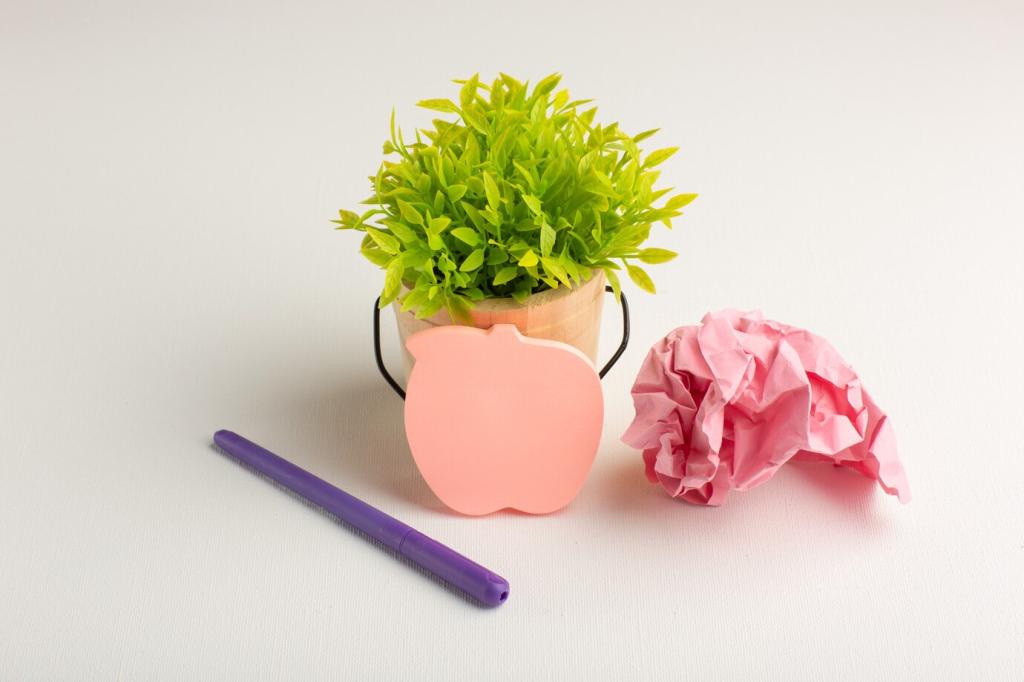
Painting as a Form of Meditation
Painting is much more than an artistic endeavor; it serves as a powerful avenue for mindfulness and meditation. The act of applying color to canvas, focusing on the brush’s movement, and expressing inner thoughts visually can create a meditative state that soothes the mind. Engaging with painting allows individuals to immerse themselves entirely in the present moment, quieting distractions and fostering a sense of inner peace that extends well beyond the confines of the studio. As an accessible and deeply personal practice, painting invites each person to discover tranquility, engagement, and self-awareness with every brushstroke.

The sensory engagement involved in painting is a key factor in its meditative qualities. The feel of the brush gliding across the canvas, the subtle mixing of colors, and the sight of forms gradually coming alive all demand the artist’s full attention. This focus helps in tuning out external distractions and internal worries, fostering a deep connection with the present moment. For many, the simple, repetitive motions of painting can induce a trance-like state, where thoughts become quiet, and the mind finds repose. The senses act as anchors, rooting the painter in the now and transforming the creative process into a profound exercise in mindfulness.

Painting as meditation builds a potent bridge between the mind and body. The rhythmic actions of selecting colors, loading the brush, and making deliberate strokes serve not only as artistic decisions but also as grounding rituals that align thoughts with movements. This energetic exchange fosters a holistic sense of well-being, as the body’s actions become synchronized with mental focus. Over time, these deliberate processes can train the mind to let go of stress and anxiety, promoting a balanced, harmonious state that persists beyond the act of painting itself.

Unlike other activities where output is heavily scrutinized, painting practiced as meditation encourages release from expectations and perfectionism. Artists learn to embrace mistakes and unexpected developments as part of the process, observing each mark and color transition without judgment. This acceptance fosters a sense of freedom and self-acceptance, allowing creativity to flow unhindered. The emphasis shifts from creating a masterpiece to simply being present with the evolving artwork, nurturing a gentle, compassionate awareness that is at the heart of all meditative practices.
Achieving flow in painting hinges on a deep, unwavering concentration. As artists become absorbed in the nuances of their work—the shape of a line, the blending of a hue—they lose awareness of their surroundings and even themselves. Repeated experience of this focused attention rewires the brain to sustain longer periods of concentrated effort, freeing the mind from the intrusion of mundane concerns and anxieties. This deep absorption creates a meditative environment where only the act of creation matters, making painting an ideal setting to cultivate and explore the flow state.
The Flow State in Artistic Creation
Emotional Healing Through Creative Practice
Expressing the Inexpressible
Often, emotions defy language, making them difficult to process consciously. Painting opens a non-verbal channel for these feelings to surface and evolve. The act of transferring raw emotion onto a canvas—through color, form, and movement—can be cathartic, offering clarity and relief. This safe, meditative space empowers individuals to acknowledge their emotional landscape compassionately, without judgment, using creativity as a transformative tool for self-expression and healing.
Transforming Stress Into Art
As stress and anxiety build in everyday life, painting presents a healthy, meditative outlet for their release. The physical act of painting absorbs nervous energy and redirects the focus toward creation rather than worry. The repetitive gestures required, combined with visual progress on a canvas, can transform acute tension into a tangible piece of art. This process validates the painter’s experience and results in a sense of accomplishment, reinforcing the calming, restorative benefits of creative meditation.
Cultivating Self-Compassion
The meditative aspect of painting invites a gentle attitude toward oneself. Mistakes, perceived imperfections, or changes in direction become opportunities for learning rather than reasons for self-criticism. This compassionate mindset often extends into other areas of life, as the acceptance practiced at the canvas fosters a broader, kinder self-relationship. By quietly observing and honoring their own creative process, painters develop resilience and self-love, which are key components of emotional healing through meditation.
